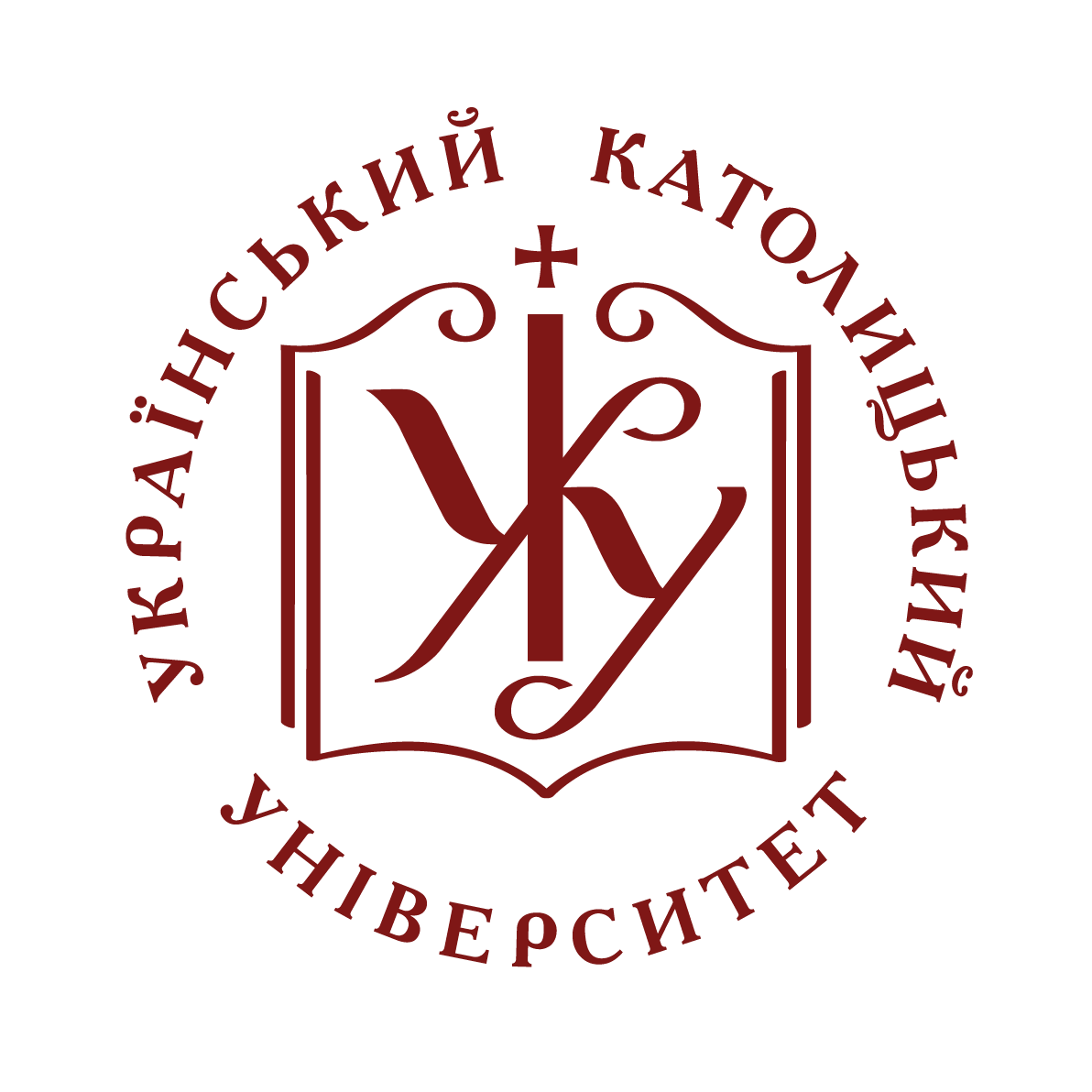Сценарії JavaScript вимкнено для Вашого браузера. Деякі функції цього сайту не будуть працювати без них.
Показати скорочений опис матеріалу
| dc.contributor.author | Dzhedzhora, Olena
|
|
| dc.contributor.author | Джеджора, Олена
|
|
| dc.date.accessioned | 2015-12-09T16:03:30Z | |
| dc.date.available | 2015-12-09T16:03:30Z | |
| dc.date.issued | 1991 | |
| dc.identifier.citation | Джеджора О. Проблеми історичної топографії давнього Галича / Олена Джеджора // Записки Наукового товариства імені Шевченка. - Том ССХХІI. Праці Історико-філософської секції. - Львів, 1990. - С. 292-303. | uk |
| dc.identifier.uri | http://er.ucu.edu.ua/handle/1/397 | |
| dc.description.abstract | Спираючись на аналізі комплексу джерел, серед яких писемні джерела, історіографія та результати багатолітніх археологічних досліджень, автор робить власну спробу реконструкції зародження та розвитку топографічної структури давнього Галича, одного з найвизначніших міст Галицько-Волинської середньовічної держави, прослідковує основні етапи розвитку міста та окреслює їх ймовірні причини, аж до періоду занепаду в другій половині XIII століття. | uk |
| dc.language.iso | uk | uk |
| dc.publisher | Наукове товариство імені Шевченка у Львові | uk |
| dc.subject | історична топографія | uk |
| dc.subject | Галич | uk |
| dc.subject | Ауліх | uk |
| dc.subject | Крилос | uk |
| dc.subject | "Золотій Тік" | uk |
| dc.subject | дитинець | uk |
| dc.subject | археологія | uk |
| dc.subject | historical topography | uk |
| dc.subject | Halych | uk |
| dc.subject | Galich | uk |
| dc.subject | Krylos | uk |
| dc.subject | Archeology | uk |
| dc.title | Проблеми історичної топографії давнього Галича | uk |
| dc.title.alternative | Problems of historical topography of ancient Halych | uk |
| dc.type | Article | uk |
| dc.status | Опублікований і розповсюджений раніше | uk |
| dc.description.abstracten | Basing upon analysis of the written sources, a great number of archeological findings and literary sources, the author attempts to reconstruct the history of the beginning and development of the topographical structure of ancient Halych, one of the most remarkable towns of the Halych-Volynian state (XIII-XIV centuries). Much attention is paid to the premises of the town appearance and to the factors which made it come into being. The continual existence of the Slavonic settlement here is traced from the eighth century, though the functioning of the town settlement is referred to the tenth and eleventh centuries. The first artificial fortifications appeared at that time, and were surrounded by the settlements in the West and South. From the 1140s numerous archeological materials and written sources testify of the town’s intensive development. By the middle of the thirteenth century the territory of the fortress expanded and new fortifications appeared. That same period witnessed the appearance of Pidhoroddya, an area of about 200 hectars, inhabited by merchants and craftsmen. Numerous multifunctional dwellings grew up forming a signal-circle defensive system around the core of the city. In the period of its greatest prosperity Halych covers a vast territory along the rivers Limnytsya, Lukva, Bystrytsya, flowing down to the Dniester. From the second half of the thirteenth century the centre of the town is moved closer to the Dniester, and its importance declines. Only the Halych Cathedral keeps on functioning, and the village surrounding it acquires the name of Krylos. | uk |
| dc.relation.source | Записки Наукового товариства імені Шевченка. - Том ССХХІI. Праці Історико-філософської секції. - Львів, 1990. | uk |
Долучені файли
Даний матеріал зустрічається у наступних зібраннях
-
Статті [67]
Articles



